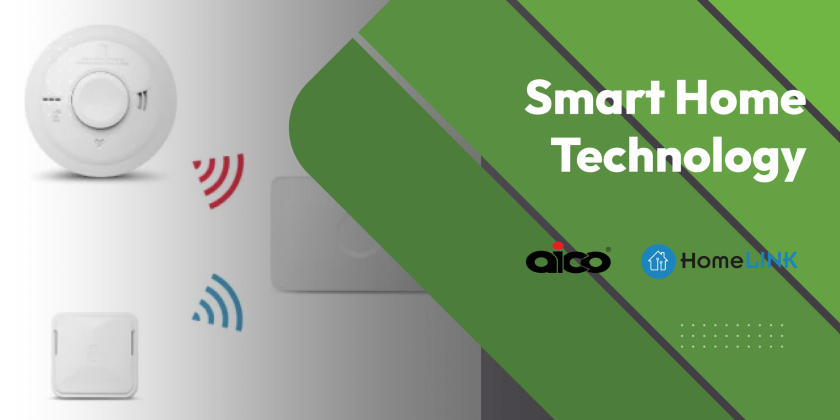Harnessing the power of the sun through solar panels is an excellent way to reduce energy bills and contribute to a greener planet. However, like any technology, solar panels may require maintenance and occasional repairs to ensure they operate at peak efficiency. Whether you’ve recently noticed a dip in your system’s performance or are simply keen to learn the ropes of solar panel upkeep, understanding how to tackle minor repairs can be incredibly empowering. This guide will break down the essential steps for diagnosing and fixing common issues, providing you with the confidence to manage your solar setup effectively. Let’s delve into the practical world of solar panel maintenance and discover how you can keep your system running smoothly.
Understanding Solar Panel Basics
Before diving into repairs, it’s crucial to understand the fundamentals of solar panels. This section covers the core components and the most common issues they face, providing a foundation for effective troubleshooting.
Components of Solar Panels
Solar panels are made up of several key components. The most prominent is the solar cells, typically made of silicon, which convert sunlight into electricity. These cells are arranged in a grid-like pattern on the panel.
Aluminium frames provide structural support, encasing the cells and protecting them from external damage. Glass layers cover the front of the panels, safeguarding the cells while letting sunlight through.
A junction box is attached to the back, where all electrical connections are housed. This box is essential for directing the electricity produced to an inverter.
Understanding these components is vital for diagnosing and addressing issues effectively. It allows you to pinpoint potential problem areas and focus your repair efforts where they’re needed most.
Common Solar Panel Issues
Solar panels, like any equipment, can sometimes face issues. Common problems include dirt and debris accumulation, which can block sunlight and reduce efficiency. Another prevalent issue is cracked panels, often caused by environmental factors like hail or falling branches.
Loose connections within the junction box can lead to inconsistent power output. Additionally, microcracks in the solar cells can develop over time, affecting performance. It’s important to monitor these issues regularly to prevent long-term damage.
Understanding these common issues helps in identifying problems early and applying the correct solutions. Regular monitoring can significantly extend the lifespan of your solar panels, ensuring they operate at their best.
Preparing for Repairs
Preparation is key when it comes to solar panel repairs. This section outlines the essential tools and materials you’ll need and the safety precautions to ensure a safe repair process.
Essential Tools and Materials
Before starting any repair, gather the necessary tools and materials. A multimeter is essential for checking electrical output and diagnosing issues. Additionally, screwdrivers, pliers, and wrenches are necessary for managing connections and hardware.
You will also need replacement parts such as connectors, wiring, or even individual solar cells. Having a sealant handy is crucial for fixing cracks and ensuring panel integrity.
Gathering these tools beforehand ensures you can tackle any repair efficiently. Being prepared reduces downtime and allows for a smoother repair process, getting your solar panels back to optimal performance quickly.
Safety Precautions to Take
When working on solar panels, safety is paramount. Turn off the power supply before starting any repair to avoid electrical hazards. It’s crucial to wear insulated gloves and non-slip shoes for added protection.
Ensure you have a sturdy ladder if accessing rooftop panels, and never work alone. Having a partner can be invaluable in case of emergencies.
Always follow manufacturer guidelines and consult professional resources if unsure. Prioritising safety not only protects you but also ensures a successful repair process without unnecessary risks.
Step-by-Step Repair Process
With a solid understanding and preparation, you’re ready to begin the repair process. This section guides you through identifying problems and the specific steps to fix common solar panel issues.
Identifying the Problem
Start by identifying the issue. Use a multimeter to check the voltage output of each panel. Compare these readings to the expected output to identify any discrepancies.
Inspect the panels visually for cracks, debris, or any physical damage. Check the junction box for loose connections, which can disrupt power flow.
Once the issue is identified, plan the appropriate repair steps. This methodical approach ensures you address the root cause effectively, preventing recurring issues and maintaining system efficiency.
Repairing Cracked Panels
To repair cracked panels, follow these steps:
-
Clean the surface of the panel with a soft cloth to remove dirt and debris.
-
Apply a sealant to the crack, ensuring complete coverage to prevent moisture ingress.
-
Allow the sealant to dry as per manufacturer instructions before re-checking the panel output.
Repairing cracks promptly can prevent further damage to the panel’s cells. Regular inspections can help catch these issues early, minimising repair needs and prolonging panel life.
Fixing Loose Connections
Loose connections can disrupt the power flow. Here’s how to fix them:
-
Turn off the system to ensure safety.
-
Open the junction box and inspect the connections for any looseness.
-
Tighten any loose connections using a screwdriver or wrench.
-
Test the system to ensure the connections are secure and functioning.
Addressing loose connections promptly ensures consistent power output and prevents more significant issues down the line.
Post-Repair Maintenance
After repairs, maintaining your solar panels is crucial for their longevity. This section provides tips on regular inspections and cleaning practices to keep your system in top shape.
Regular Inspection Tips
Conduct regular inspections to identify issues early. Monthly checks are recommended to ensure all components are functioning correctly.
During inspections, look for physical damage, loose connections, and debris accumulation. Use a multimeter to check each panel’s output, comparing it with previous readings for consistency.
Regular inspections help in catching issues early, reducing the need for extensive repairs and ensuring continuous optimal performance.
Cleaning and Upkeep Practices
Cleaning your solar panels is vital for maintaining efficiency. Dust and debris can significantly reduce energy output.
Use a soft brush or sponge with mild soapy water to clean the panels. Avoid harsh chemicals that can damage the surface.
Regular cleaning not only enhances performance but also prolongs the lifespan of your panels. It ensures they harness maximum sunlight, translating into better energy production.
When to Seek Professional Help
While many solar panel repairs can be handled independently, some situations require professional expertise. This section highlights when to call in the experts and considers the cost implications.
Recognising Advanced Issues
Advanced issues may arise that require professional attention. These include significant electrical faults, extensive panel damage, or issues with the inverter system.
If you’re unsure about the problem or lack the necessary expertise, it’s best to consult a professional. Attempting complex repairs without proper knowledge can lead to further damage.
Recognising the limits of DIY repairs can save time and resources, ensuring your system remains safe and effective.
Cost Considerations for Repairs
Professional repairs come at a cost, but they can be an investment in your system’s longevity. Costs vary based on the issue’s complexity and the parts required.
-
Minor repairs might range from £100 to £300.
-
Significant repairs could exceed £500, depending on the damage.
Weigh the repair costs against potential energy savings and system longevity. Investing in professional repairs can ensure optimal performance and prevent future issues, offering peace of mind and sustained energy efficiency.


